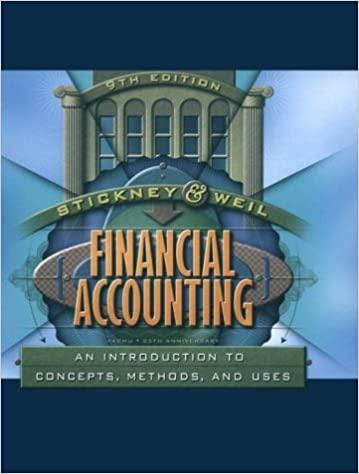Journal entries for hedging transactions. On January 1, when the interest rate is 9 percent per year.
Question:
Journal entries for hedging transactions. On January 1, when the interest rate is 9 percent per year. Floating Issue Company issued at par $10 million of variablerate bonds, with semiannual interest payments based on the market interest rate at the beginning of each six-month period. It simultaneously entered into an interestrate swap with Counteiparty Bank: it agrees to pay the bank each six months the difference between 9 percent interest and any variable interest rate below 9 percent;
the bank agrees to pay Floating for any difference between the variable rate and 9 percent when the variable rate exceeds 9 percent. If the market rate is / on the date of the payment, then Floating will pay the bank an amount equal to Vi X
(.09 - r) X $10,000,000. The market interest rate is 9 percent at the time of issue.
Interest rates decrease to 6 percent by the end of the first six-month period.
Floating will pay interest at the rate of 9 percent for the first six-month period and at the rate of 6 percent for the second six-month period. The market value of the variable-rate bonds does not change. The market value of the interest-rate swap decreases by $3.8 million during the first six-month period. By the end of the year, interest rates rise to 7 percent. The market value of the variable-rate bonds continues not to change, but the market value of the interest-rate swap increases by $1.1 million.
a. Record journal entries for the following dates: January 1. at the time of bond issue;
June 30, at the time of the first debt-service payments; December 3 1 , at the time of the second debt-service payments.
b. Is this a fair-value hedge or a cash-flow hedge? Can you tell how effectively the hedge has fulfilled its purpose?
Step by Step Answer:

Financial Accounting An Introduction To Concepts Methods And Uses
ISBN: 9780030259623
9th Edition
Authors: Clyde P. Stickney, Roman L. Weil





